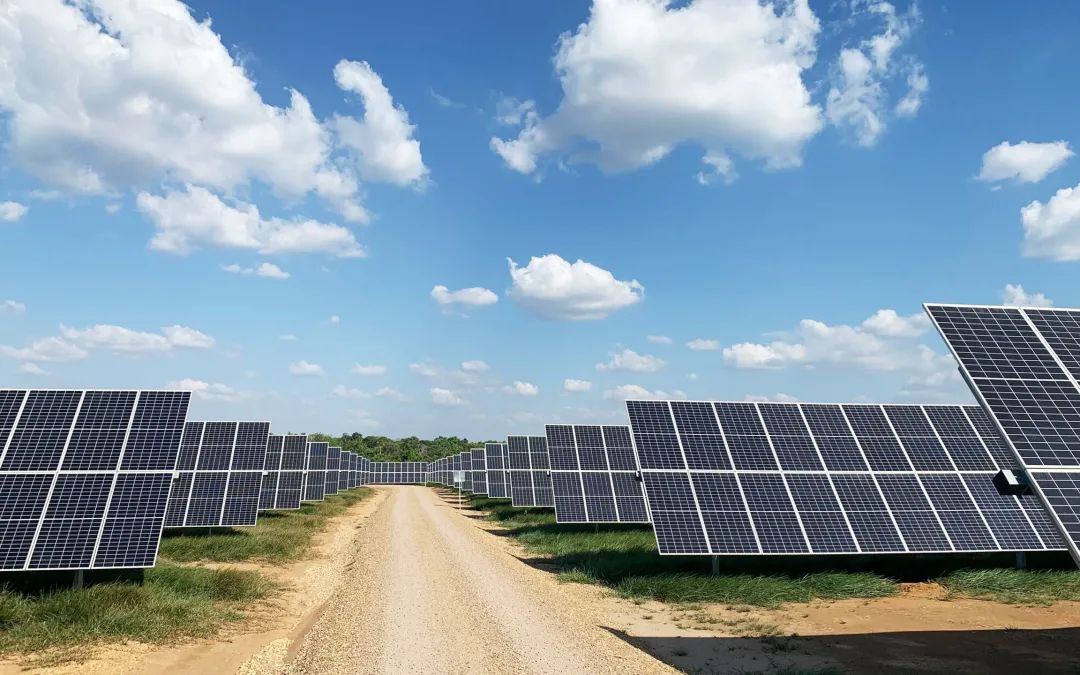This article was last revised in 225 Days ago, some of its contents may have changed. If you have any questions, you can ask the author。
How many kWh of electricity a 25KW solar power system can produce in a day depends on many factors, including light intensity, temperature, season, and shade. The following will introduce in detail the calculation formula of the standard daily power generation of a 25KW solar power system and the impact under different circumstances. In different regions and different seasons, the sunlight duration and the conversion efficiency of solar panels will change, so the daily power generation will also vary.

1. The influence of light intensity on power generation
Light intensity is one of the key factors affecting the power generation of solar power system. Light intensity refers to the light intensity per unit area, usually in watts per square meter (W/m²).
Daily power generation (kWh) = 25kW x light intensity (W/m²) x power generation efficiency x running time (hours)
If the light intensity of a 25KW solar power system is 1000W/m², the operating time is 8 hours, and the power generation efficiency is 15%.
Daily power generation (kWh) = 25kW × 1000W/m² × 15% × 8h = 30kWh
If the light intensity drops to 700W/m², the power generation will decrease accordingly:
Daily power generation (kWh) = 25kW × 700W/m² × 15% × 8h = 21kWh
2. Effect of temperature on power generation
Temperature is also one of the factors that affect the power generation of solar system. When the temperature rises, the power generation efficiency of solar cells will decrease, thereby affecting the power generation of solar system. Generally speaking, when the temperature increases by 1°C, the power generation of solar system will decrease by 0.4-0.5%.
Daily power generation (kWh) = 25kW x light intensity (W/m²) x power generation efficiency x running time (hours) x (1-0.004 x (temperature-25))
If the light intensity of a 25KW solar power system is 1000W/m², the operating time is 8 hours, the power generation efficiency is 15%, and the temperature is 25°C.
Daily power generation (kWh) = 25kW × 1000W/m² × 15% × 8h × (1-0.004 × (25-25)) = 30kWh
If the temperature rises to 35°C, the power generation drops accordingly:
Daily power generation (kWh) = 25kW × 1000W/m² × 15% × 8h × (1-0.004 × (35-25)) = 27kWh
It can be seen that temperature has a significant impact on the power generation of solar power system.
3. Seasonal influence on power generation
Seasons also have an impact on the power generation of solar power system. Generally speaking, the higher of light intensity in summer, the power generation will increase accordingly. While the lower light intensity in winter, the power generation will decrease accordingly.
Daily power generation (kWh) = 25kW x light intensity (W/m²) x power generation efficiency x running time (hours) x seasonal coefficient
The seasonal coefficient is generally between 0.8-1.2. For example, when the light intensity is 800W/m², the operating time is 8 hours, and the power generation efficiency is 15%, the seasonal coefficient is 1.2 in summer and 0.8 in winter.
Daily power generation in summer (kWh) = 25kW × 800W/m² × 15% × 8h × 1.2 = 23.04kWh
Daily power generation in winter (kWh) = 25kW × 800W/m² × 15% × 8h × 0.8 = 15.36kWh
It can be seen that seasonal factors also have a greater impact on the power generation.
4. The impact of shadow occlusion on power generation
If the photovoltaic power plant is blocked by shadows, its power generation will decrease accordingly. Shading will affect the power generation efficiency of some solar cells, thereby affecting the overall power generation.
Daily power generation (kWh) = 25kW x light intensity (W/m²) x power generation efficiency x running time (hours) x shading factor
Assume that the shading coefficient of the solar system is 0.9, the light intensity is 1000W/m², the running time is 8 hours, and the power generation efficiency is 15%.
Daily power generation (kWh) = 25kW × 1000W/m² × 15% × 8h × 0.9 = 24.3kWh
It can be seen that even if only a part of the photovoltaic cell is shaded, its power generation will be affected.
According to the above, the standard daily power generation of a 25KW solar power system can reach 30-35kWh under ideal conditions. However, the actual situation is affected by many factors, so the power generation may be reduced. For example, if it is cloudy or the temperature is too high, the power generation may be reduced accordingly. Therefore, in order to improve the power generation efficiency of solar power system, it is necessary to avoid shading as much as possible, and to plan well in terms of site selection and components.
Select your solar power system from here: https://www.higonsolar.com/solar-solution